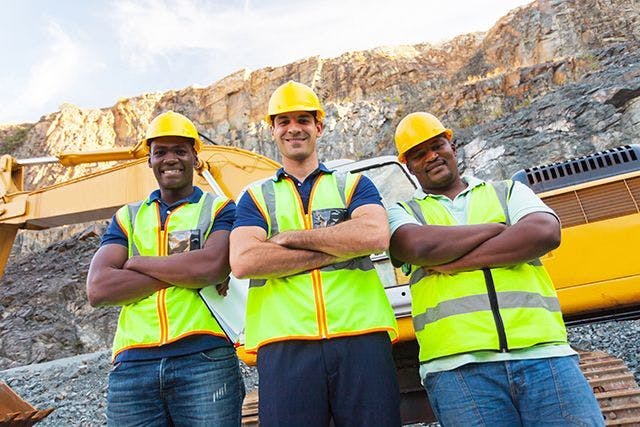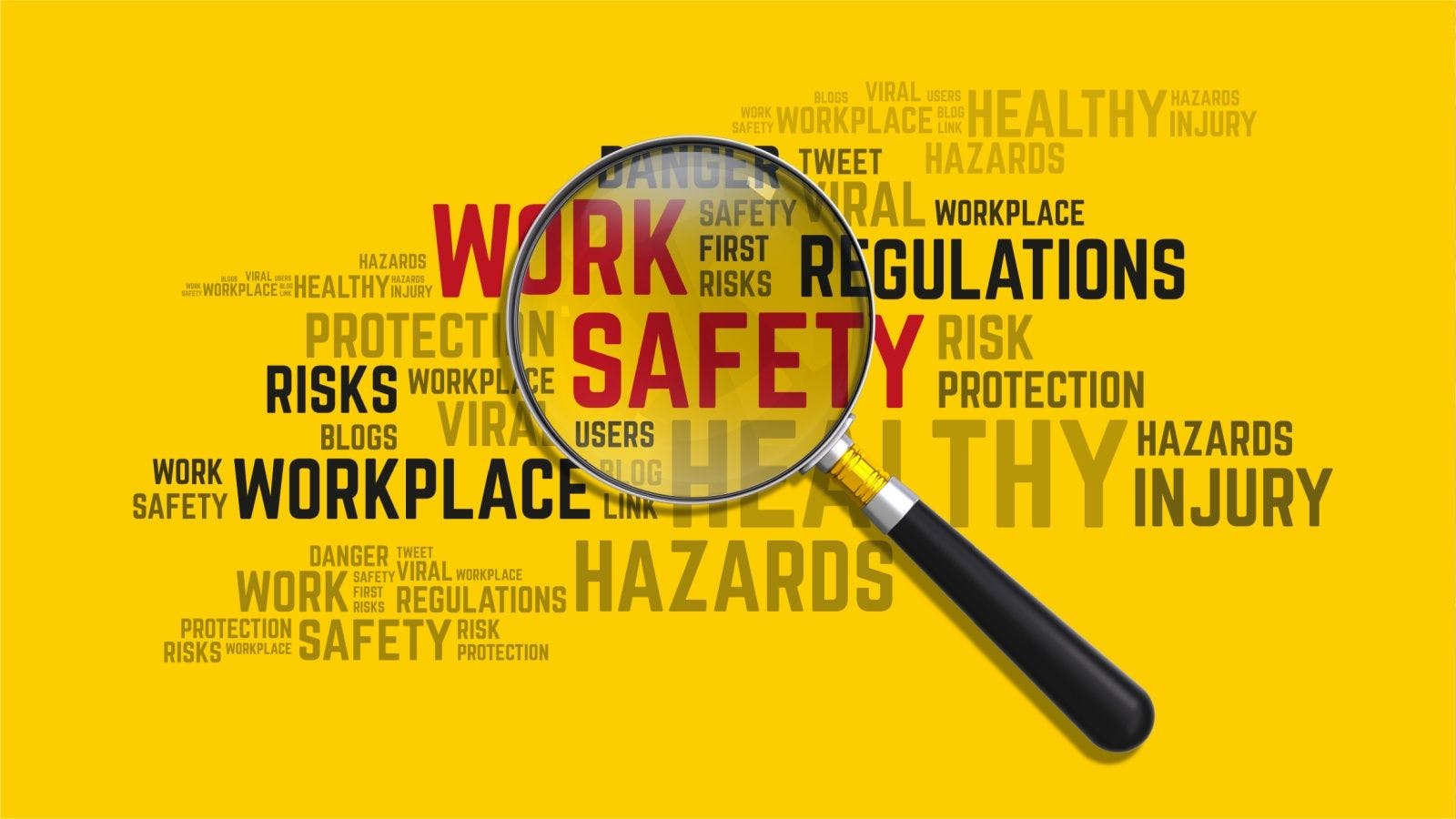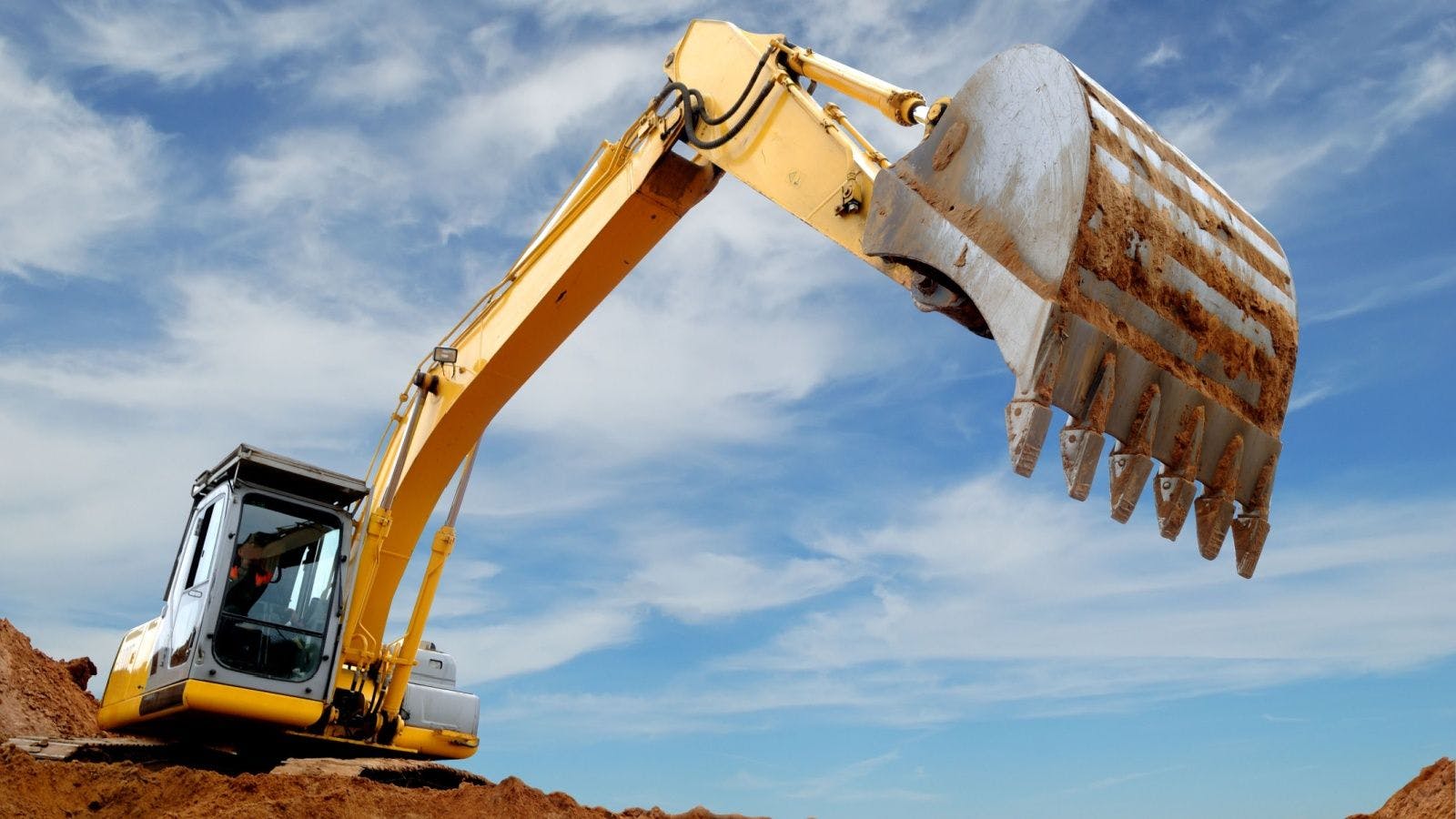
World-Class Safety Culture on the Construction Jobsite
Five Tips for Defining and Implementing a Path to Excellence
In many organizations, a “world class safety culture” is a term that can be difficult to define. Numerous articles, studies and programs aim to outline what “world class” looks like and provide systematic approaches to achieving it.
Leading and lagging indicators, key performance indicators (KPIs), and programs such as the Associated Builders and Contractors Safety Training and Evaluation Process (STEP) are markers that can help clarify whether or not a company is on the path to world class. Those indicators are important for analyzing safety performance, but they should not be the only assessment. Although systems, processes and policies are paramount to success within any program, it is the leadership of employees and an understanding of the “behavioral” aspect in a culture that will truly lead an organization to the top.
Defining World Class Safety
If the goal is to attain world-class status in a specific facet of the business, first define what that accomplishment looks like and realize it does not mean “perfection.” The impossibility of perfection can lead to a drop in company morale, but a feasible objective for any size company is to aim for perfection as a means of attaining a true commitment to excellence.Consider world-class athletes throughout history. Michael Jordan made less than half the shots he attempted in his career. Getting a base hit one out of three times got Babe Ruth elected to the Hall of Fame. Tom Brady’s passes fell incomplete nearly 40 percent of the time. Yet, no one will argue those individuals are world-class athletes. They were far from perfect, statistically failing (at least for two of those mentioned) more than they succeeded, but they were all celebrated for the level of excellence they achieved in their respective careers. One common trait the world’s great athletes possess is a dogged pursuit of perfection that leads to excellence in their profession. In the construction industry, has there ever been a building built that was perfect? No, but there are countless examples of excellence in well-constructed buildings. As a preliminary exercise, list the projects that achieved this status and use them as the baseline for “excellence.”
Setting the Tone for Excellence in Safety
Excellence in safety is a constant journey that begins with an employee-centered mindset laser focused on keeping its most valuable resources—its people—safe. If a company does not possess that mindset in its culture, it can forget ever achieving mediocrity, let alone world-class excellence. Secondly, excellence in safety cannot be achieved without a holistic approach permeating every service a company provides. Those striving for excellence in one area need to see they are not the only business line working toward a higher standard.
A business cannot choose to focus solely on a world-class safety culture while letting quality control, pre-construction or HR standards, and professionalism remain average. In all of these areas, it’s the people who will set the tone for excellence, not the systems.
Utilizing KEy Performance indicators
Pay close attention to what employees and trade partners in the industry are saying about the company. Their perceptions are a realistic assessment of the program from those directly engaged in company safety practices. Ask them directly, conduct a survey or enter industry-sponsored award programs where there will be honest, constructive feedback on what others are saying.
Leading and lagging indicators can provide comparative measurements on OSHA citations, near misses, recordable and lost time injuries to assess a company’s performance. Finally, utilize programs like STEP through local ABC chapters. If the application is completed and entered with honest and accurate information, the resulting report is a great tool for improving areas not found to be excellent.
Hiring and Retaining Only the Best
Build a team of safety champions. Companies need individuals who have not only bought in to a culture of safety, but own it as though it is their own. No matter what position an employee holds, it is imperative that each person possesses the highest level of character, attitude and buy-in to the team approach.
An honest assessment of whether current employees meet that criteria is a must. If not, the options are to coach them up, which rarely proves successful, or move them out. This may sound harsh, but if those individuals are retained and allowed to spread a cancer of complacency or negativism throughout an organization, world-class excellence cannot be achieved.
When hiring, take the extra time to dig deeper, contact references and provide a personality test; search of any indicators that a person does not fit the mold of a safety champion. Once the company has a team of champions, empower them. Give them a voice on the safety performance. Utilize a safety committee to assess the program, make important decisions and spread the safety culture throughout the company.
Leadership from the Highest Level
This last piece of advice should be the most obvious, but is often the hardest to maintain. People in the highest levels of any organization need to lead by example and place the safety of the employees above anything else. If safety is compromised due to schedule, cost or convenience even once, construction executives risk undermining the efforts of every person striving to meet a higher standard.
If a consistent, clear message that safety is the most important area of focus is sent from the highest ranking individual in the company, the chances of sending employees home safely each and every day increases dramatically and the quest for excellence and world-class performance can be achieved.
Associated Builders and Contractors is a national construction industry trade association representing more than 21,000 members. Founded on the merit shop philosophy, ABC and its 69 chapters help members develop people, win work and deliver that work safely, ethically and profitably for the betterment of the communities in which ABC and its members work.
Related stories








